(NLDO) - Sitting idle, flipping through "Dai Nam Nhat Thong Chi" and "Dai Nam Nhat Thong Toan Do" I realized how vast our country was during the reign of King Minh Mang.
A large country, to ensure development, must have the best governance policy. To have the best governance, must have the best administration. King Minh Mang carried out administrative reform in 1831. Later generations evaluated it as one of the two best administrative reforms in Vietnamese history. The first reform was by King Le Thanh Tong in 1466.
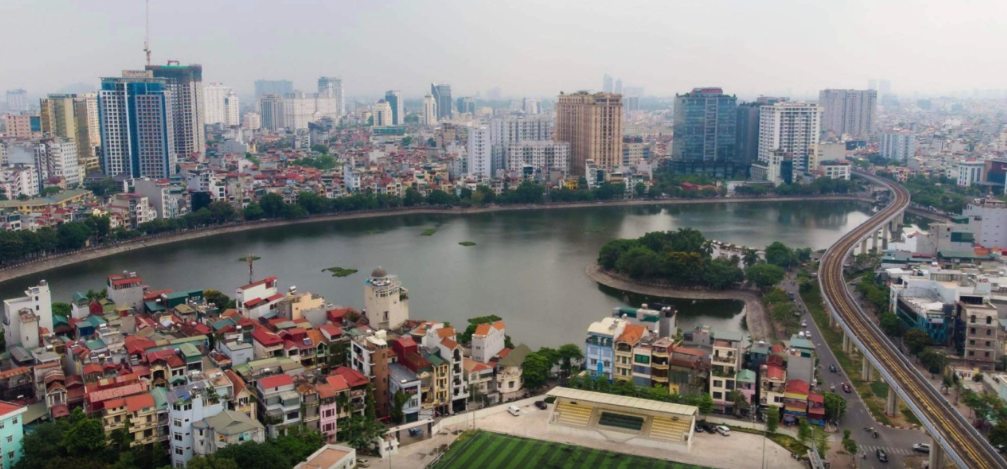
The naming of the new administrative unit after the merger has attracted much public attention. Photo: HUU HUNG
During the reform, after the reorganization of the central government, King Minh Mang reorganized the local government. The whole country was divided into 30 provinces and one Thua Thien prefecture to manage the capital region. Bac Ky had 13 provinces, Trung Ky had 11 provinces and one prefecture, and Nam Ky had 6 provinces. The provincial administrative unit in our country has existed since that day.
In 1858, the French fired the first shot to invade our country. From that day on, the French forced the Nguyen Dynasty to sign many treaties to gradually sell our country to France. The last was the Patenotre Treaty of 1884. According to the treaties, Cochinchina was a colony, Bac Ky was a protectorate, and Trung Ky was an autonomous region.
The six provinces of Cochinchina were divided into many provinces by the French according to French regulations.
Central Vietnam was an autonomous region so the French did not interfere much, the provinces basically remained the same, only cutting many parts of Thanh Hoa, Nghe An, Ha Tinh, Quang Binh, Quang Tri provinces to other countries according to the decree on border planning of the three countries of the Governor General of Indochina and converting Ninh Thuan prefecture of Binh Thuan province into Ninh Thuan province.
The land of Bac Ky was the most disturbed. This was the land with many uprisings of all ethnic groups against the French colonialists, both Kinh and mountain people, such as the uprisings of Hoang Hoa Tham, Doc Ngu, Doc Tit... Therefore, at first the French used military government to rule, establishing 5 military mandarin groups. After pacifying the opposition movement, they began to divide the province. Using the policy of "divide and rule", they divided Bac Ky's 13 provinces into more than 30 provinces. At one point, Nguyen Khuyen counted up to 36 provinces, expressed in a couplet congratulating his mother Tay Tu Hong:
"There are canopies, canopies, and incense altars to worship the king; her reputation is famous in 36 provinces." He wanted to talk about the fame of the Western mother throughout the whole of Bac Ky at that time.
The division of Bac Ky into over 30 provinces at almost the same time inevitably led to inadequacies, imposition and arbitrariness in naming. At that time, there were some funny-sounding names of provinces that had to be changed later, but there were also names that are still used today. The French at that time had a way of naming according to the place where the head of the province was located.
In 1896, when the inner city of Hanoi and its surrounding areas became a French concession, the French decided to move the governing bodies of the remaining part of the old Hanoi province to Do village in Thanh Oai district. This village had a beautiful tiled bridge over the Nhue River. People called it Do bridge. The provincial office was located next to Do bridge, so the French named the remaining land of the old Hanoi province Cau Do province! Later, the educated Governor General of Cau Do province requested to change it back to Ha Dong province!
The name of the old Hoa Binh province is also funny. The French found Hung Hoa province too large, so they had to divide it into many provinces. When surveying, they found that many districts of the province were mostly Muong people, and Lac Son and Lac Thuy of Ninh Binh province were also Muong people. They decided to combine these areas to form a new province called Muong province. Later, the provincial office was located in Cho Bo market. To be consistent with the general naming, the province was renamed Cho Bo province. The provincial capital was located in a remote mountain town, and was attacked by the Doc Tit rebels, who occupied the provincial office and killed the French deputy ambassador. The French government had to move the provincial office downstream, to Hoa Binh commune, about 30 km away. The name Hoa Binh has been around since then. Luckily, Hoa Binh is a beautiful name so it was not changed!
The name of Lao Cai province is also a matter of much discussion. Until now, some people say Lao Cai, some call it Lao Cai, some say Lao Kay or Lao Kay. The reason is also because of the origin of its name!
Lao Cai province during the French period was part of Quy Hoa prefecture and An Tay prefecture of Hung Hoa province during the Minh Mang period. The French saw this as an important land, so they established a military force, stretching along the border from Simacai to Phong Tho. After the situation stabilized, it was civilianized and renamed Lao Cai province (Lao Cai, Lao Kay, Lao Kay).
The name comes from a neighborhood established by Chinese immigrants at the confluence of the Red River and Nam Thi stream in Dai Viet territory. Not long after, a number of Vietnamese, Tay, and Nung people also migrated and established a trading market a few kilometers downstream of the Red River. Most of the people in the neighborhood at the Nam Thi confluence spoke the Quan Hoa dialect, boasting that they were the first residents of the neighborhood, calling themselves the old town (in Sino-Vietnamese, old town). The residents of the neighborhood established later were the new town, the new town, from which the name Pho Moi came.
The word "lao nhai" is pronounced in the Quan Hoa, Tay Nung, Mong languages, and becomes Lao Cai and other variations as above. When the military region was established and converted into a province, the provincial capital was located in the old hamlet, so the name of the province was also called after the old hamlet, Lao Cai province (Lao Cai, Lao Kay, Lao Kay, Lao Nhai). That name was used to call a large border area that our ancestors had very beautiful and meaningful names for. The name the French gave was only suitable to name a neighborhood or town.
What a very arbitrary, arbitrary and haphazard way of naming by the French.
That naming method was also applied by the French to many other provinces in the old North and South! Many names are still used today.
Our State is carrying out a truly great administrative reform to open a new era for Vietnam, a new period of national development. Hopefully history will record this as the third successful administrative reform in Vietnam. Hopefully the name of a new province will inherit the national tradition, inherit the cultural heritage of ancestors, eliminate inappropriate remnants of the colonial period, and demonstrate the rising spirit of the new era!
Looking forward to a new era.
Source: https://nld.com.vn/dat-ten-tinh-o-ta-xua-va-nay-196250327183351058.htm


![[Photo] Performance of the Air Force Squadron at the 50th Anniversary of the Liberation of the South and National Reunification Day](https://vstatic.vietnam.vn/vietnam/resource/IMAGE/2025/4/30/cb781ed625fc4774bb82982d31bead1e)
![[Photo] Cultural, sports and media bloc at the 50th Anniversary of Southern Liberation and National Reunification Day](https://vstatic.vietnam.vn/vietnam/resource/IMAGE/2025/4/30/8a22f876e8d24890be2ae3d88c9b201c)
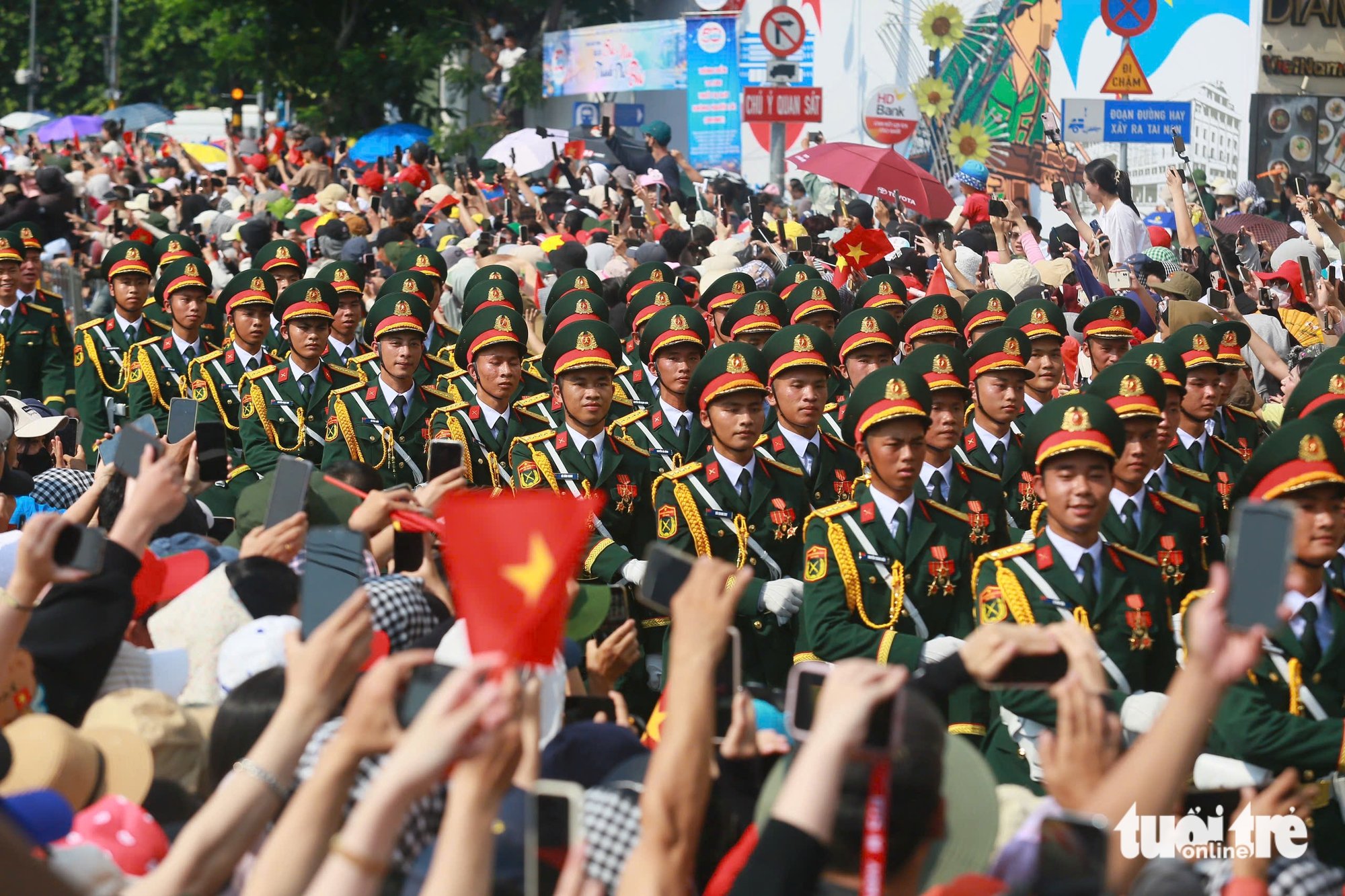


![[Photo] Chinese, Lao, and Cambodian troops participate in the parade to celebrate the 50th anniversary of the Liberation of the South and National Reunification Day](https://vstatic.vietnam.vn/vietnam/resource/IMAGE/2025/4/30/30d2204b414549cfb5dc784544a72dee)
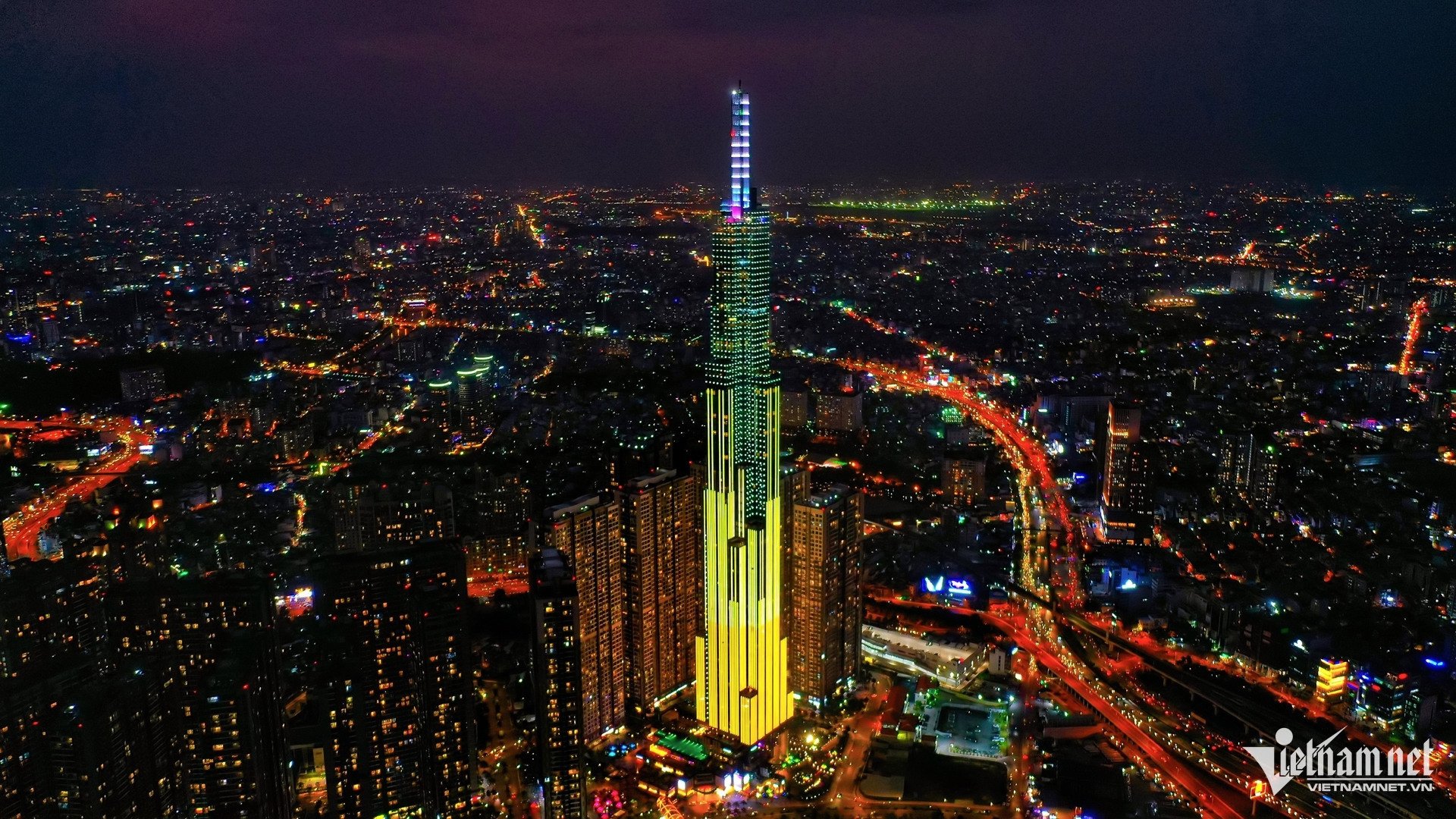

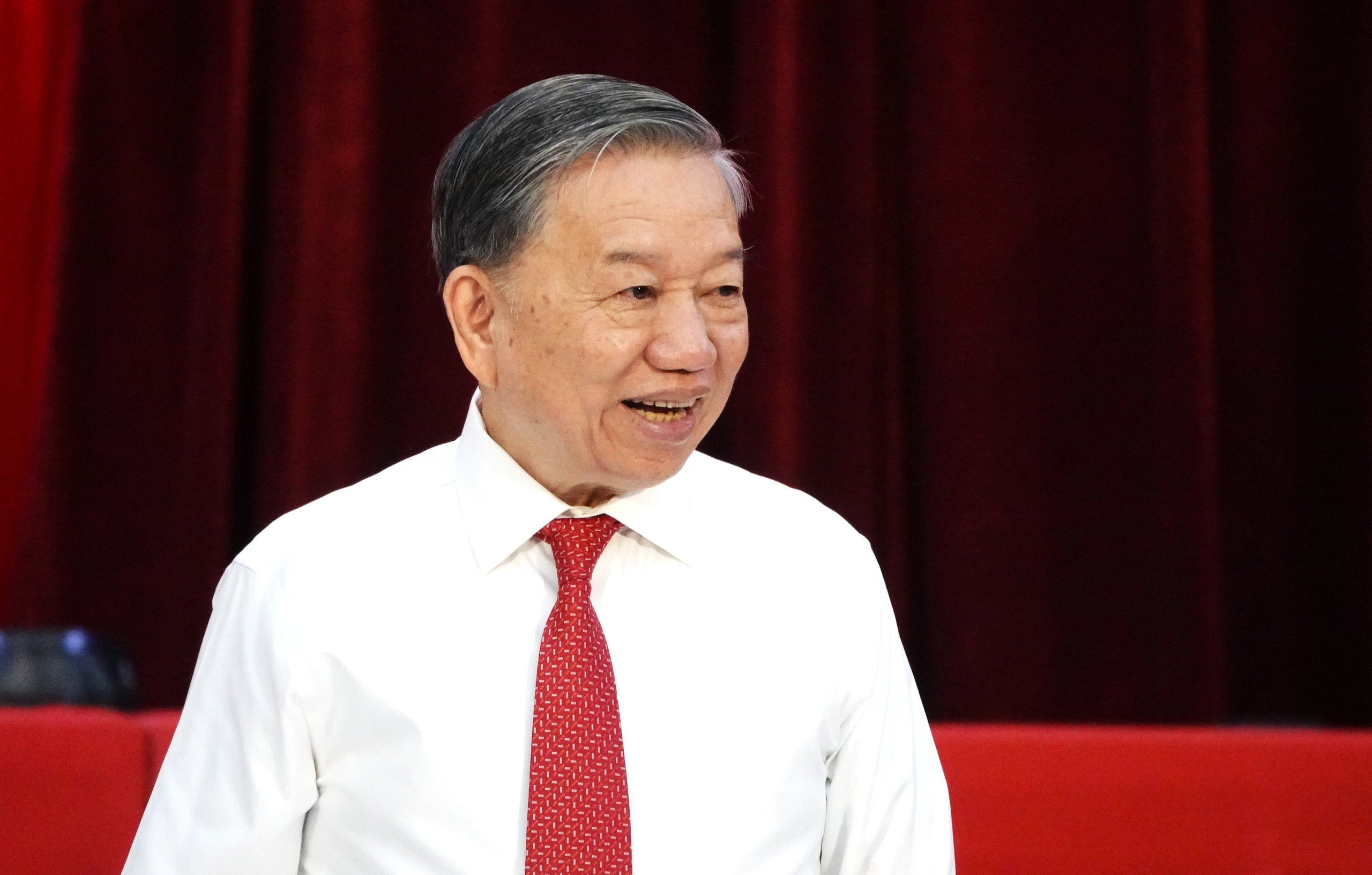


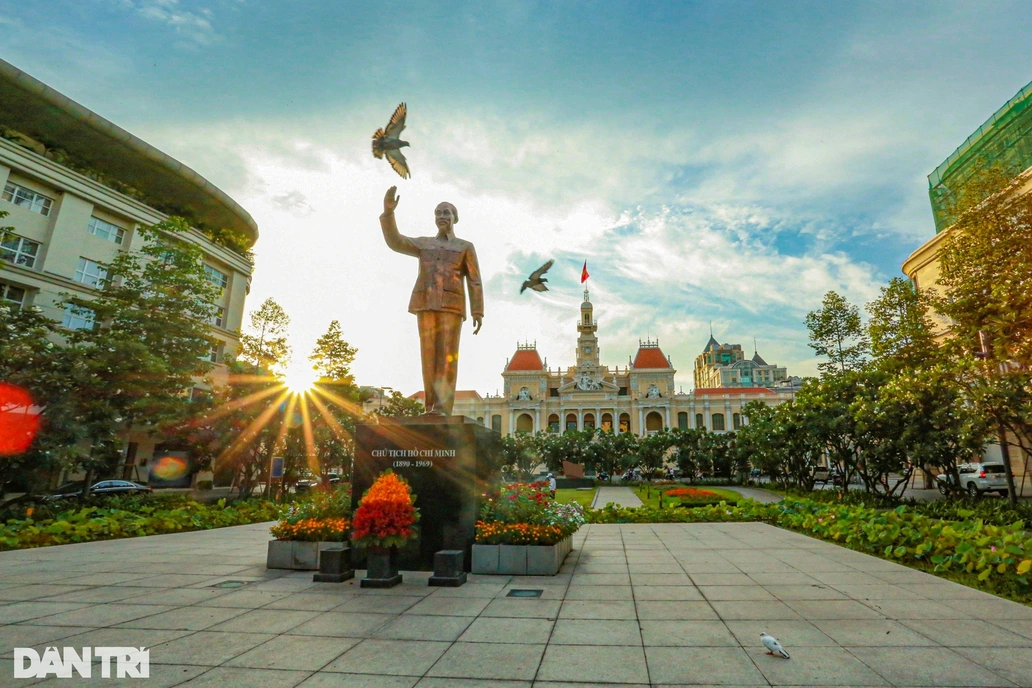

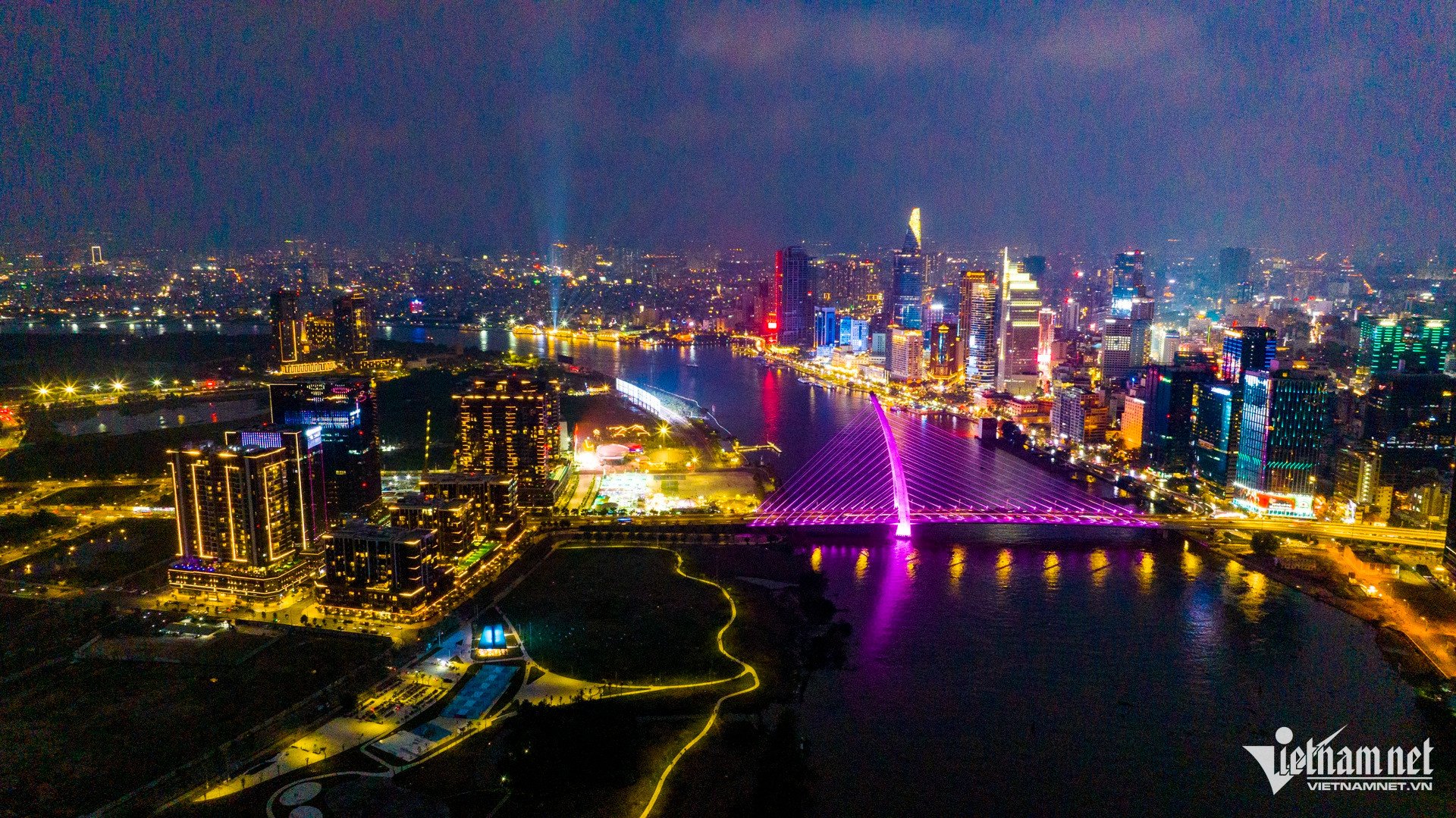
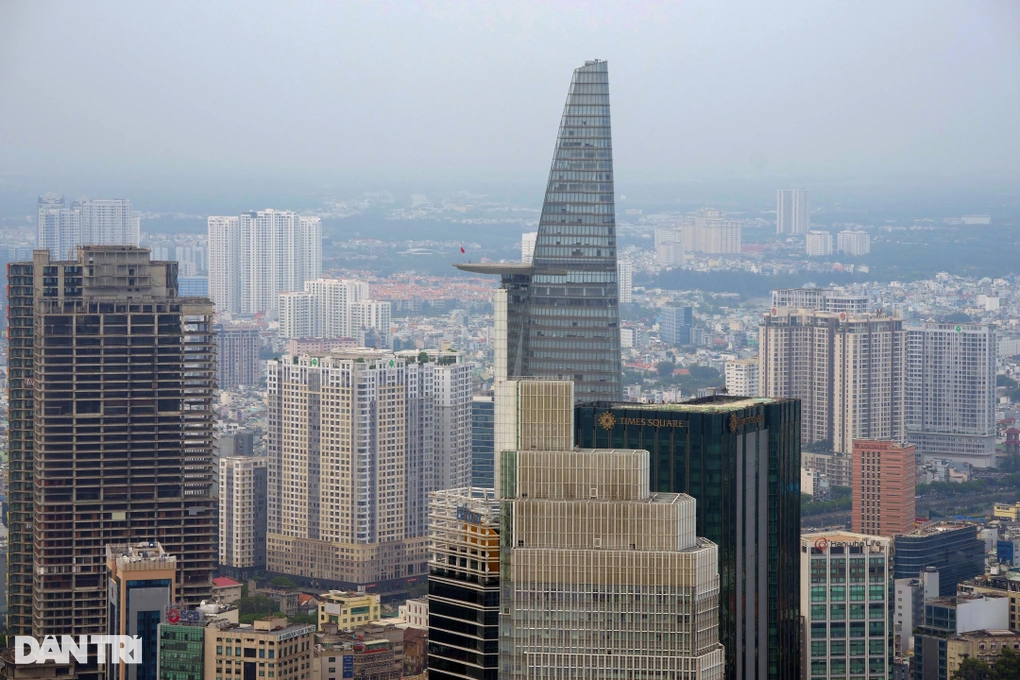
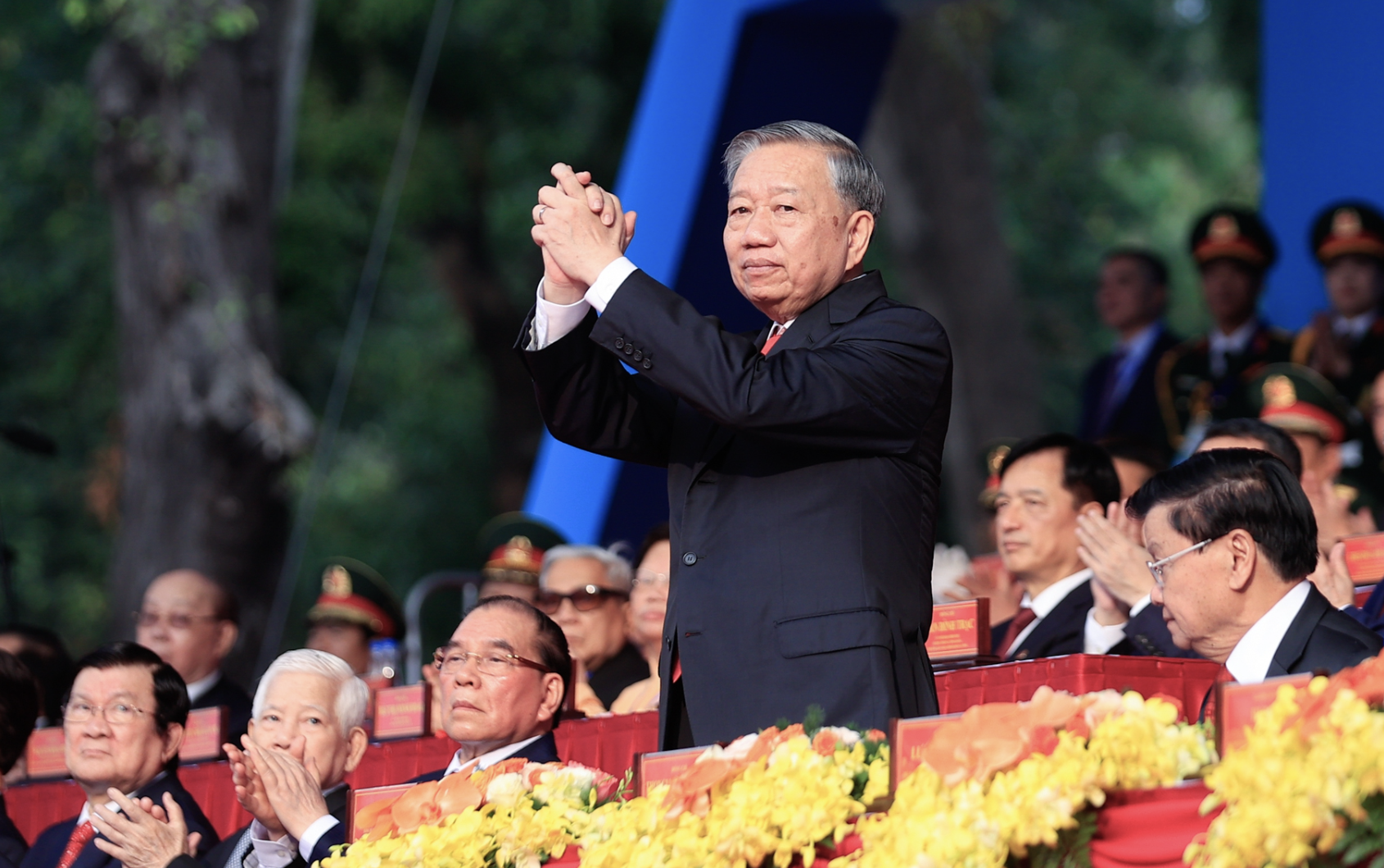

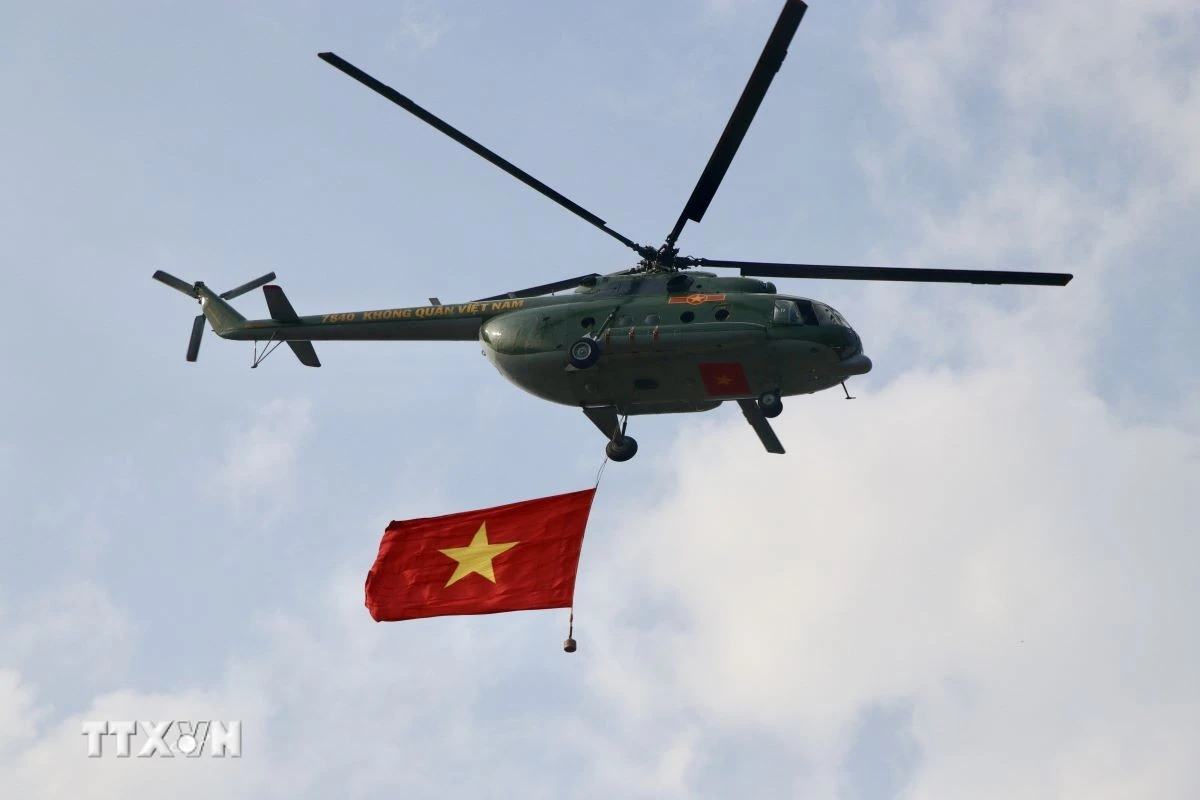

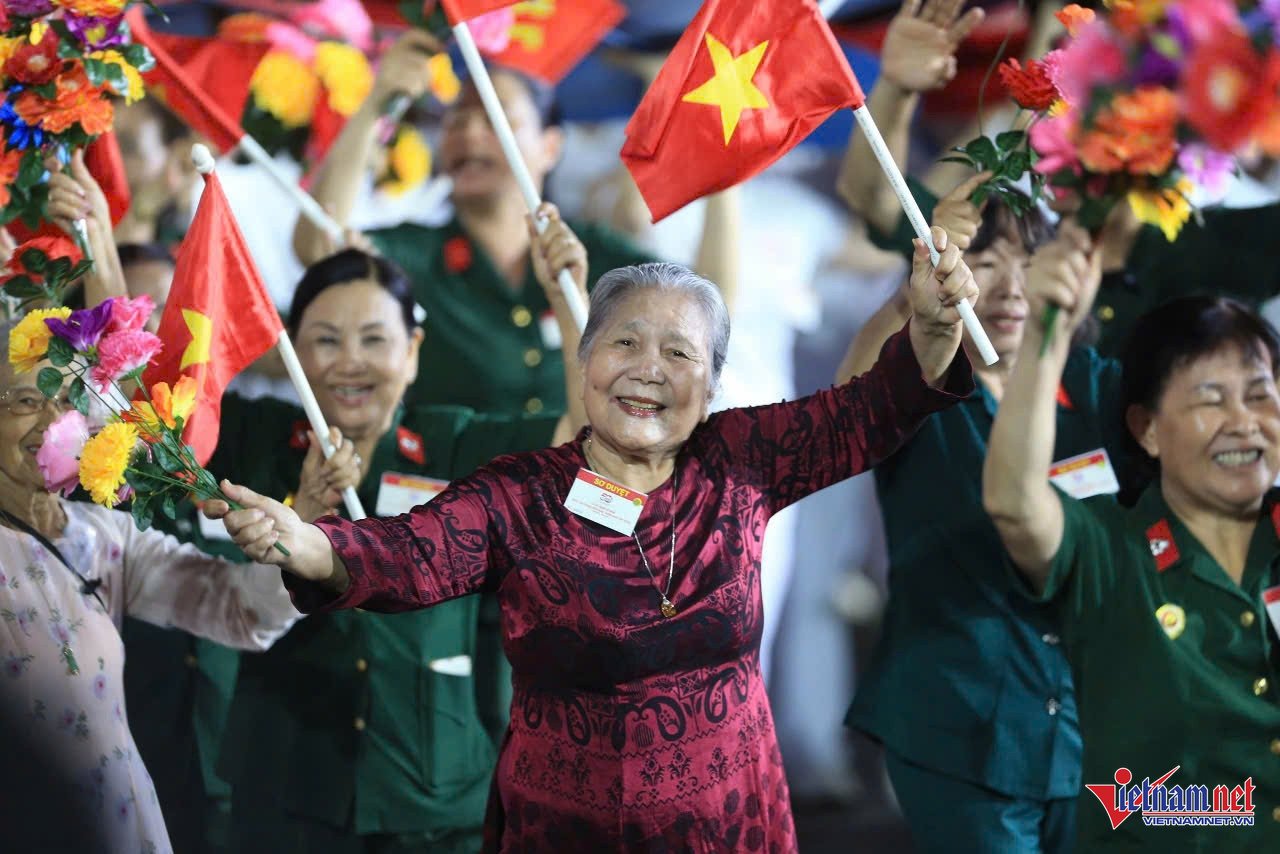
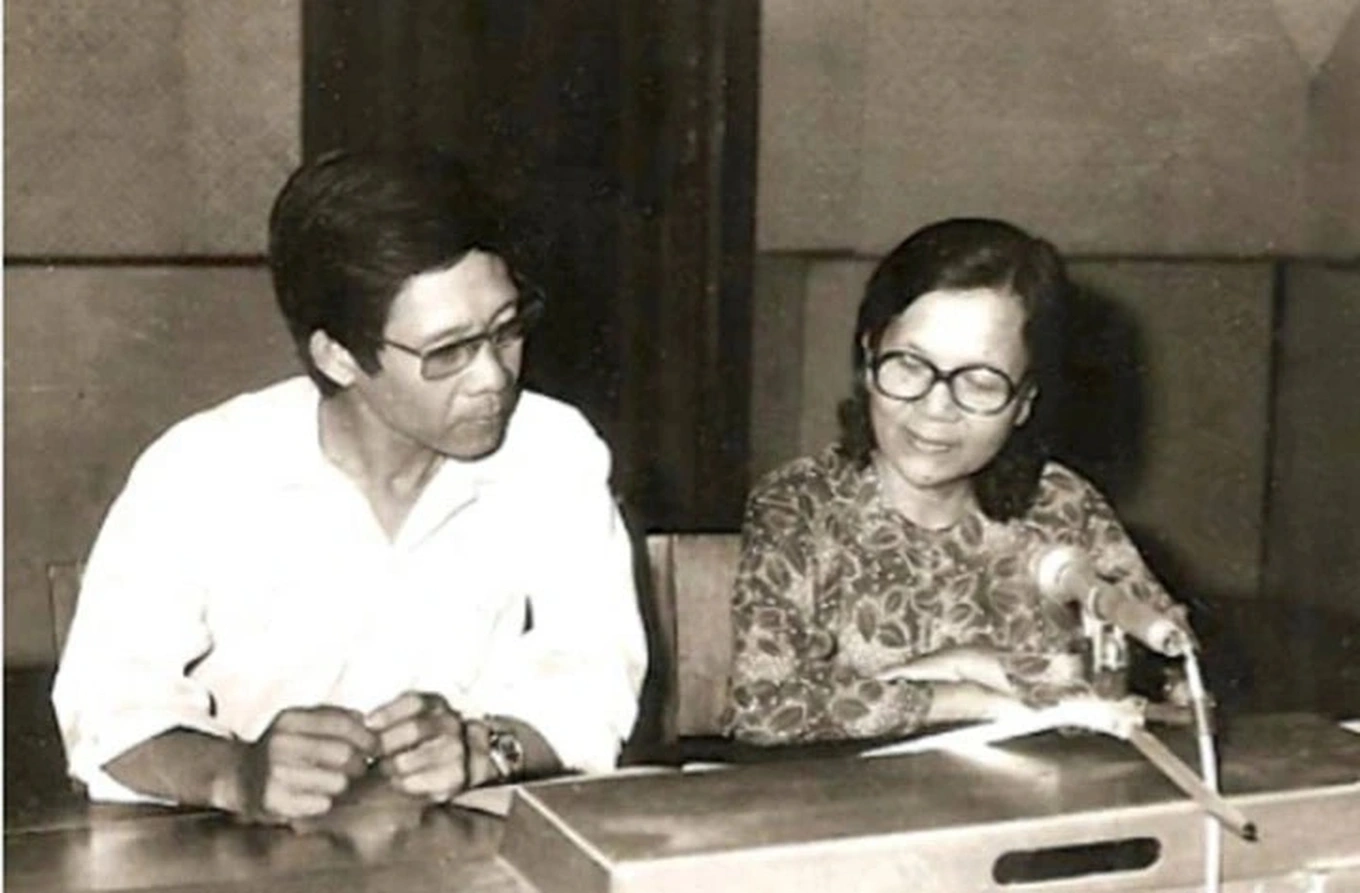



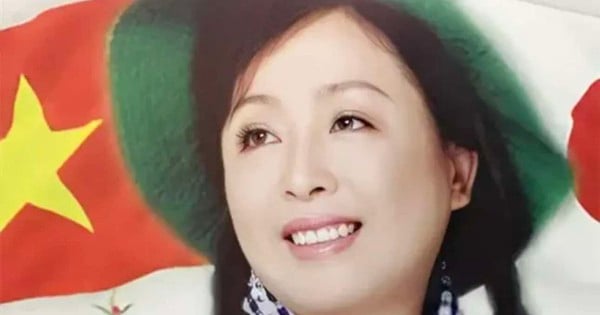
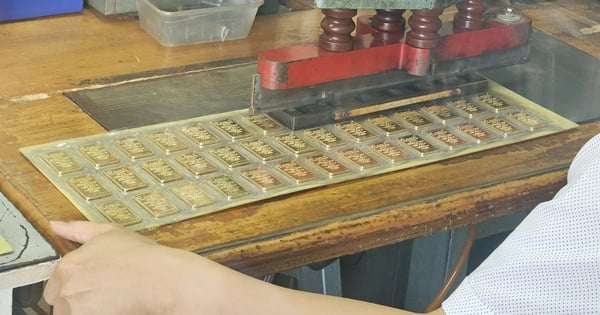


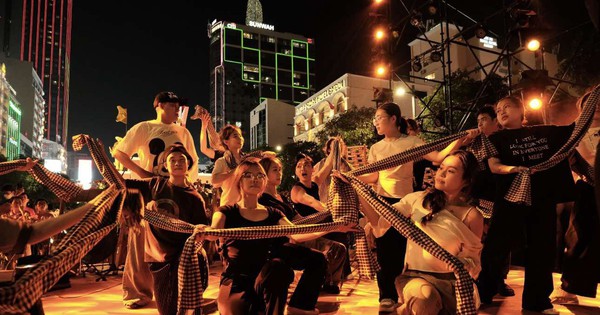

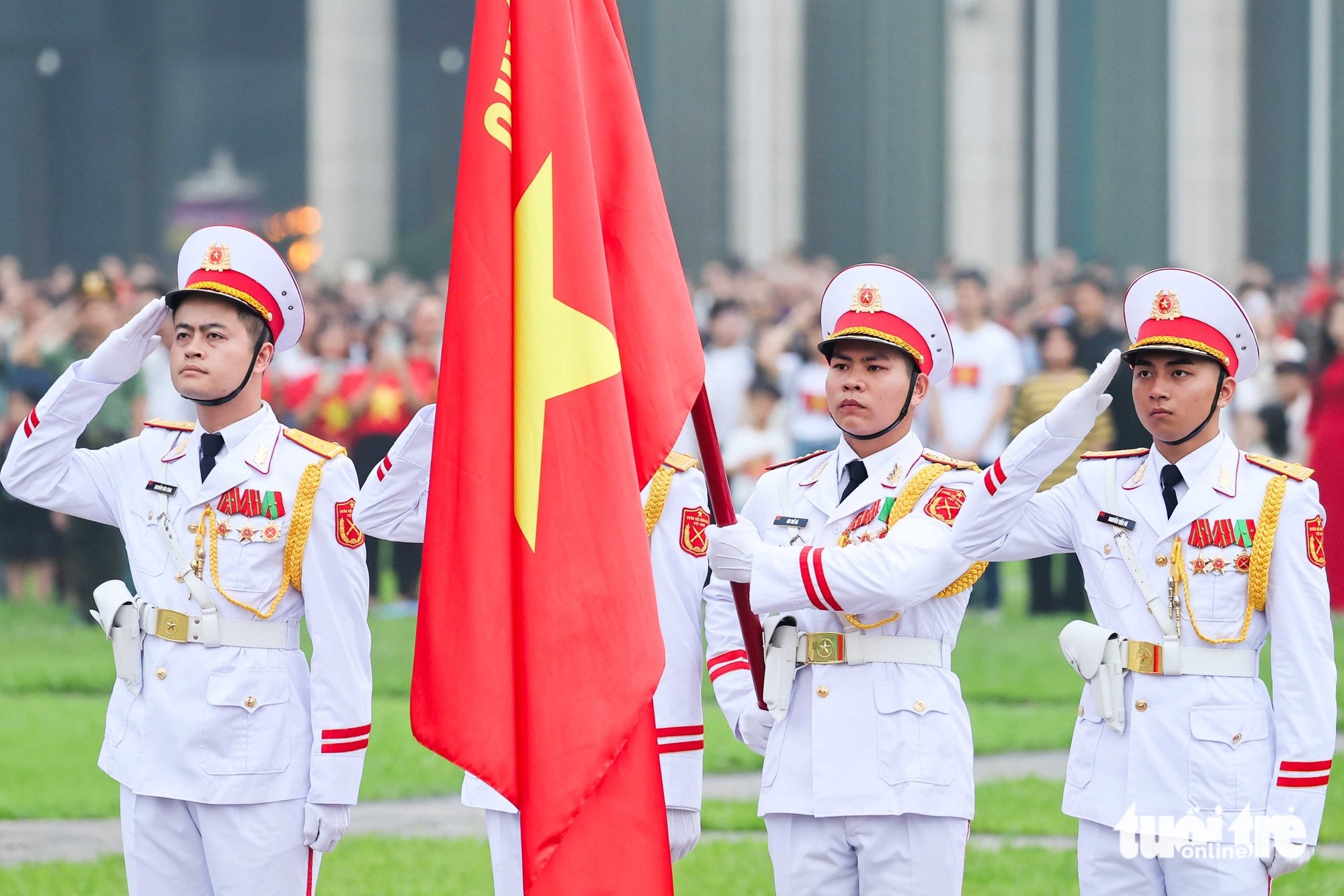
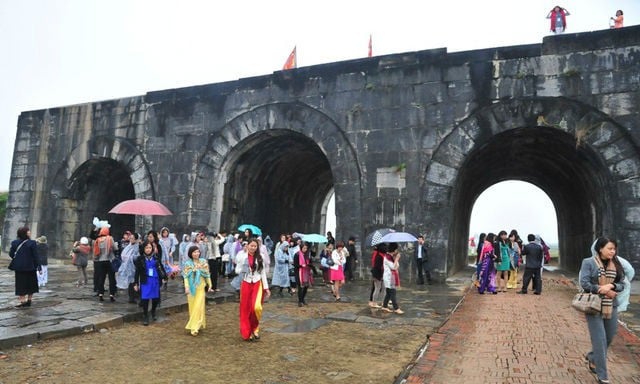




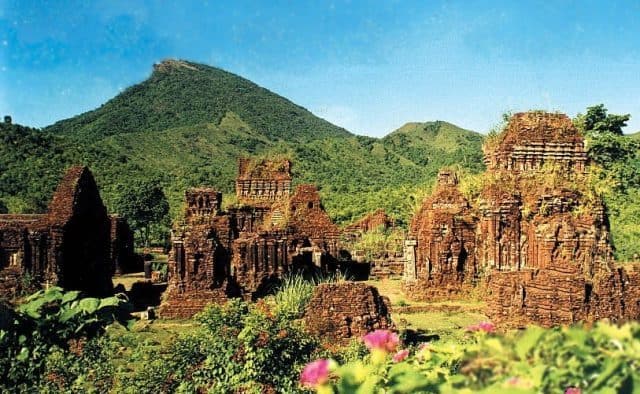




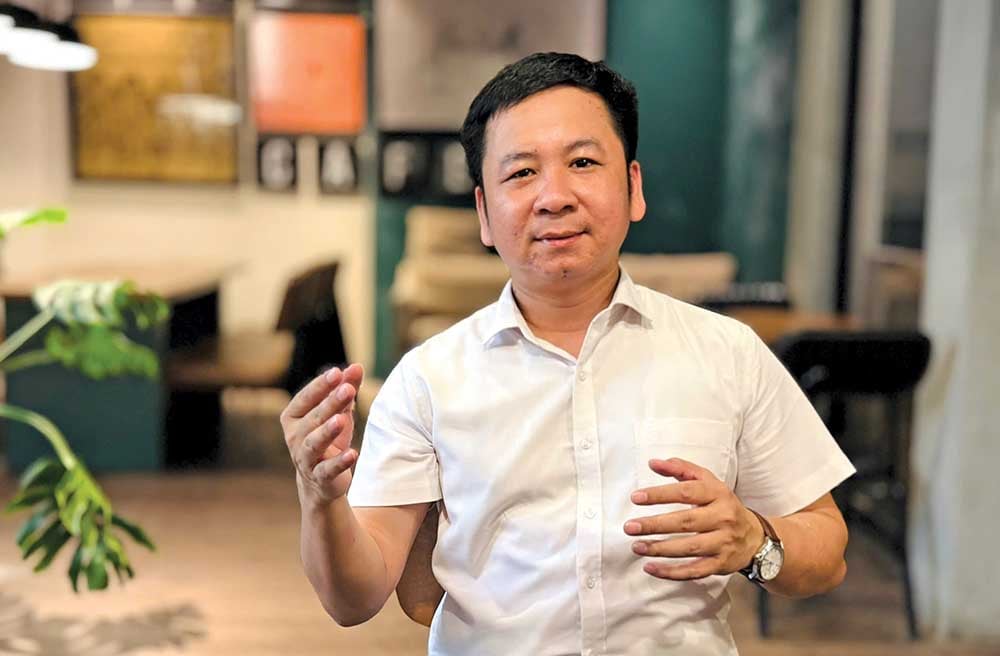
















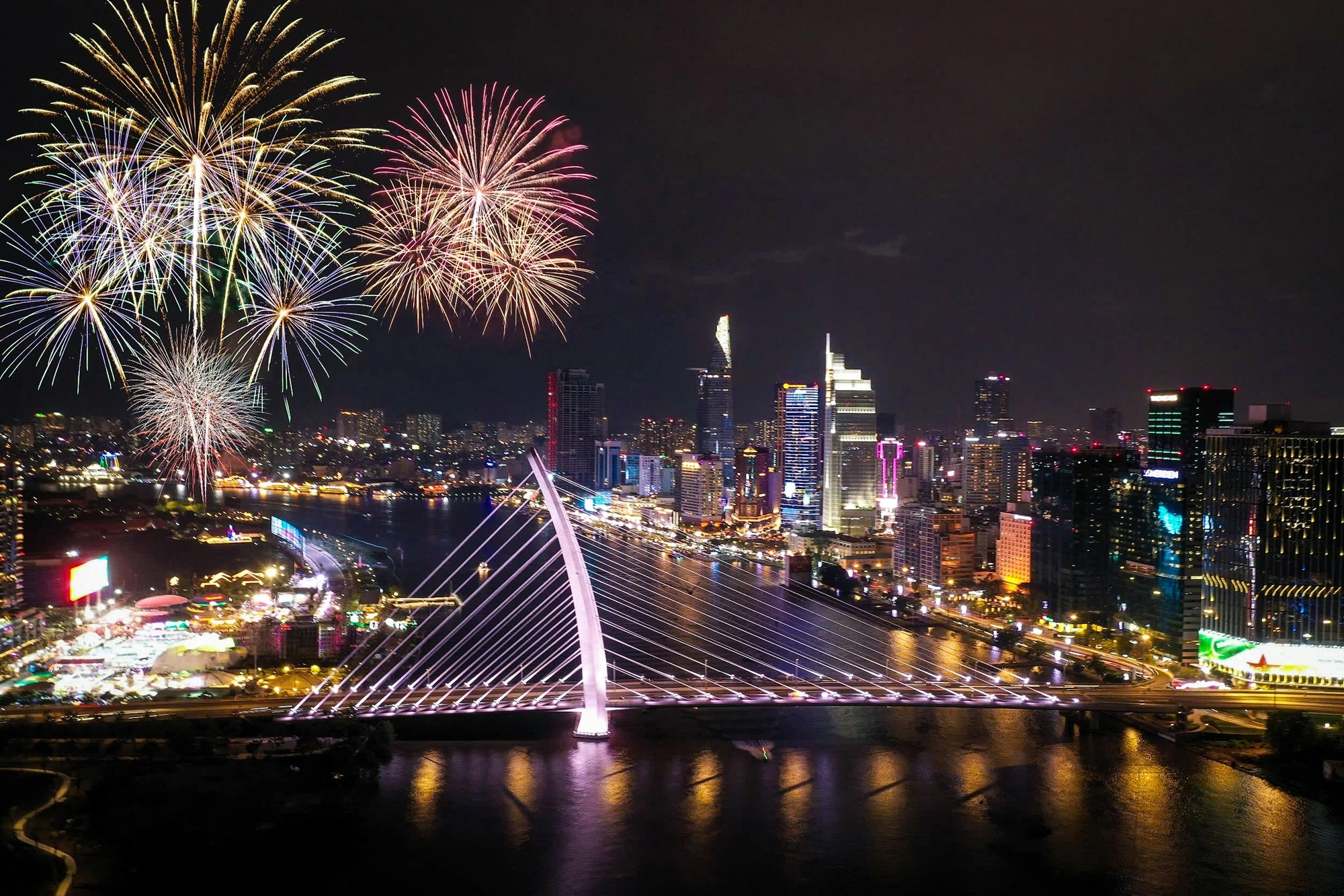
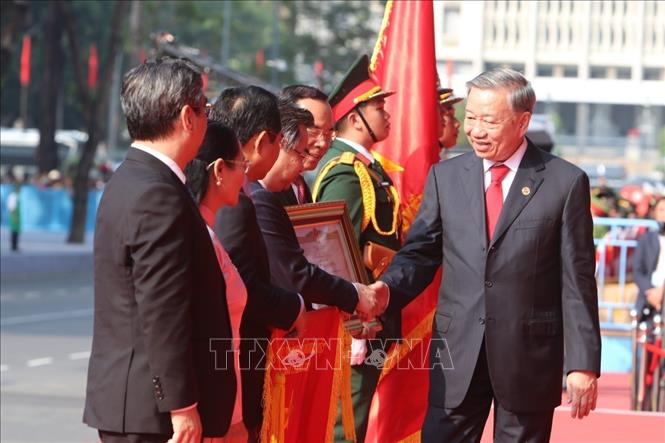












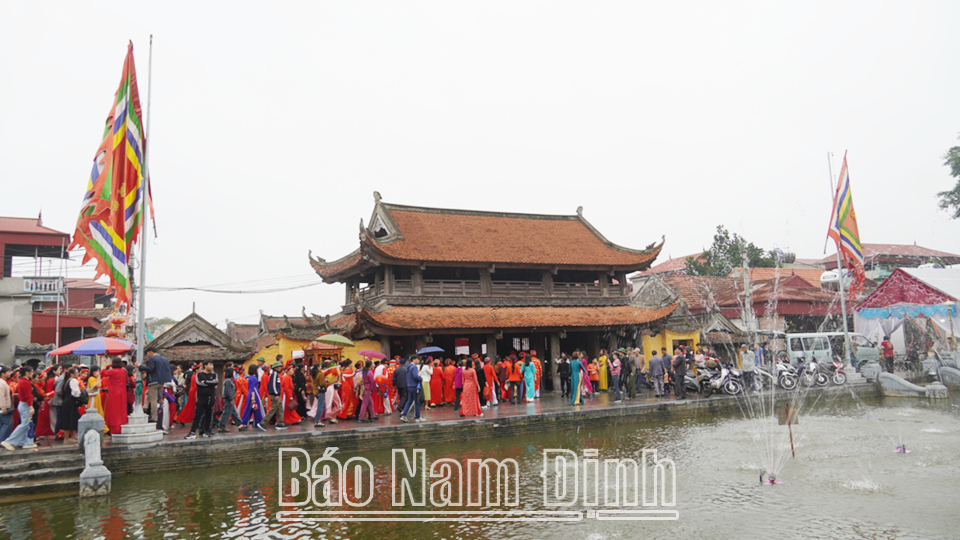

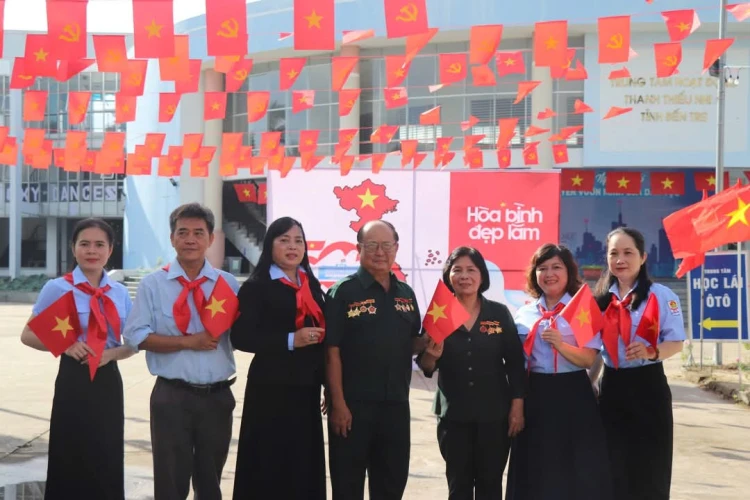





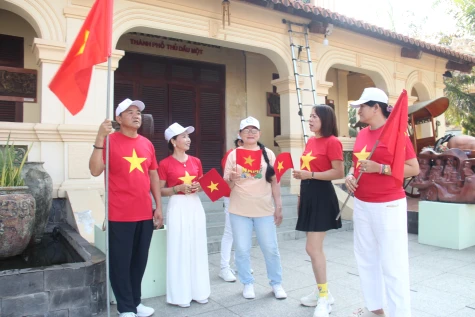
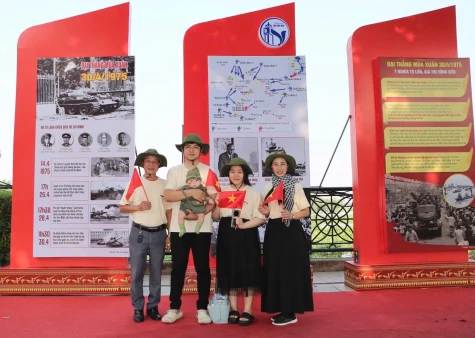










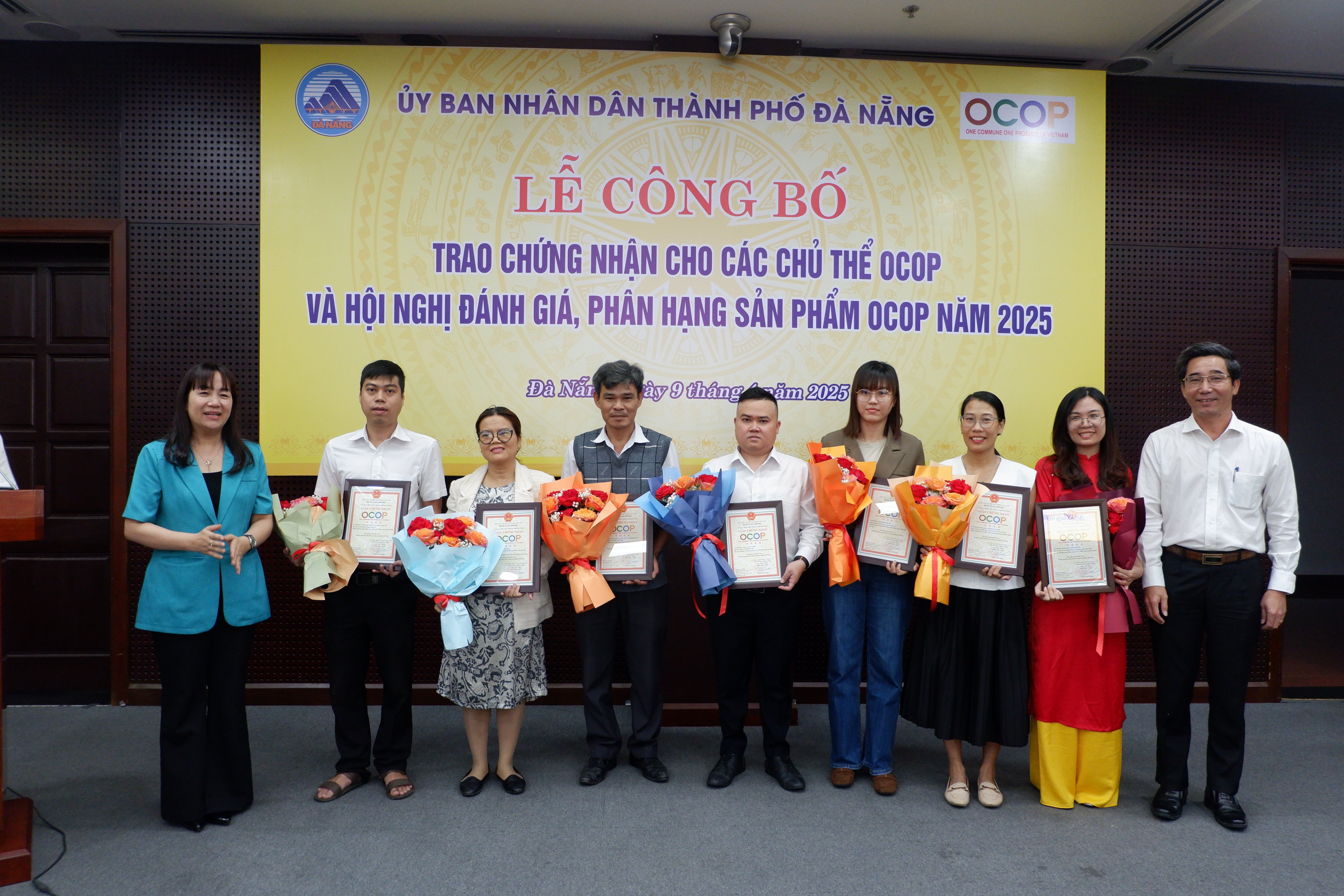

Comment (0)